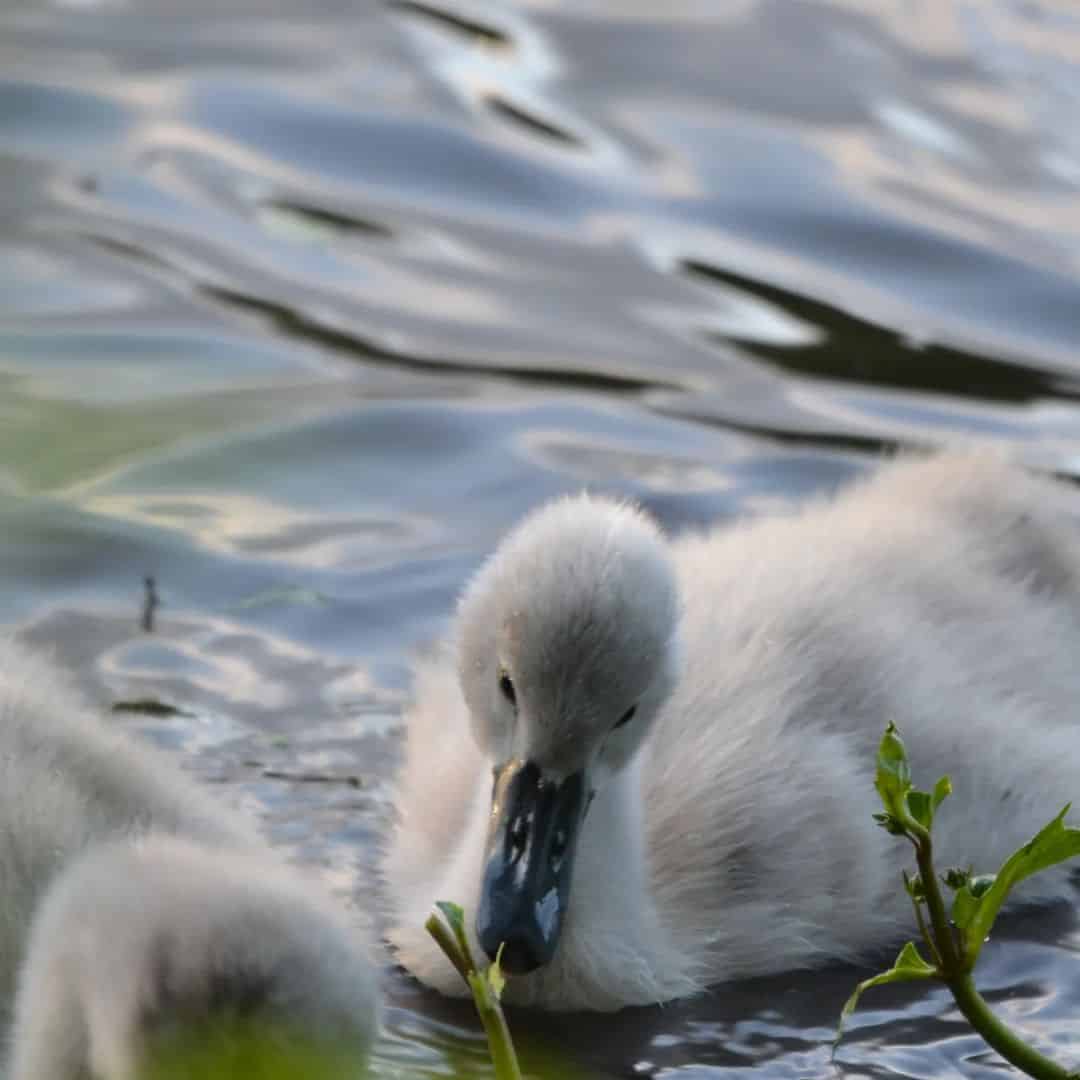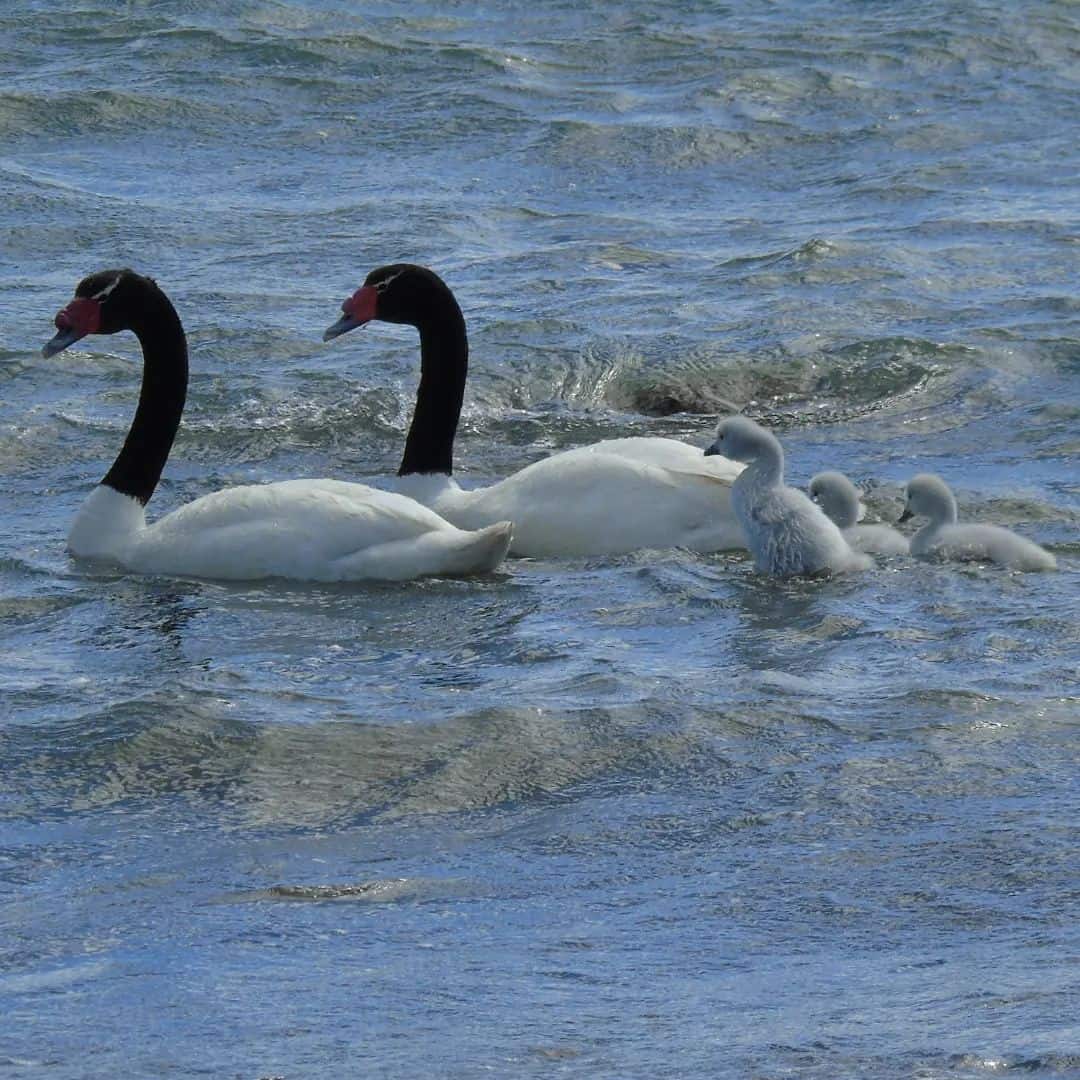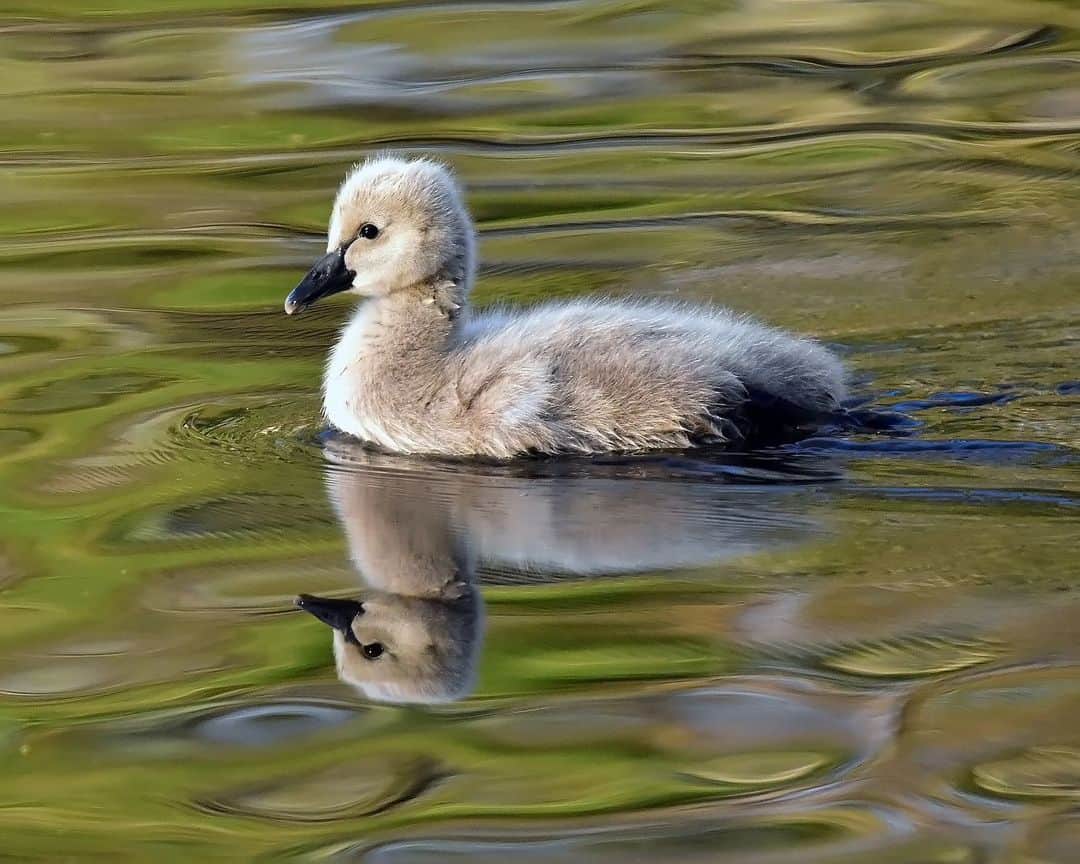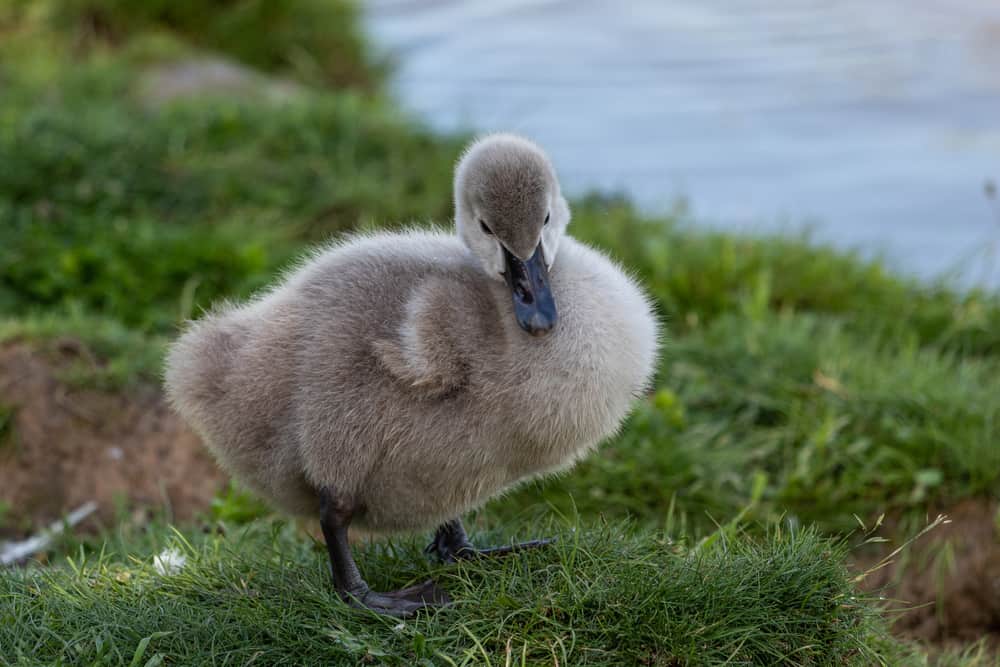One of the best compliments you can give someone is to say they dance or move like a swan. So, it is a compliment if you have ever been called a swan. Perhaps, you are familiar with the birds, but have you seen one with babies and wondered what the babies are called?
Swans, like ducks, are water birds that move with their young ones in tow. You will find them in a pond or other water bodies.
But it may surprise you to know they are not called baby swans. While that name describes what you mean, there is a specific name for baby swans, and this article explains it. You will also learn a little about baby swans.
What Is the General Name of Baby Swans?
Baby swans are called cygnets, pronounced sig-net, like a signet ring. The name comes from the old French word ‘cigne’, which means swan, although it originates from the laying word ‘cygnus’.
You can keep calling them cygnet until they are about 12 months. And when they are one year old, you can call them a pen, the female adult swan, or cob, the male adult swan. In other words, the name swan is a general name for these waterfowls.
A baby swan has a separate name from the adults, and the female adult has a different name from the male adult. Worthy of note is that there is no specific name for a group of baby swans. You can call them cygnets, but a group of swans, adults and babies combined, is called a flock.
What Makes Cygnets Unique?

Swans are graceful and beautiful in all they do. They have soft downy feathers that you can touch all day long. But these are not the only characteristics that make them unique birds. Let’s look at some of these qualities of a baby swan.
1. Weight
Did you know that baby swans are large babies, compared to other waterfowl types? If you are unfamiliar with their distinct features and characteristics, you may confuse baby ducks and baby swans. However, you can never mistake them based on their weight.
A baby duck weighs only about 50 grams when it hatches. This is a small size, so a baby duck weighs almost nothing. But a baby swan weighs about 250 grams. The weight can vary, depending on the development, but it typically stays between 200 and 250 grams.
The same applies to adult swans and ducks. While an adult duck can weigh about 2 kg or 3kg at the maximum, an adult swan may weigh as much as 13 kg. In some cases, you will find some weighing as much as 14 kg. Cygnets can double their weights within a few days of hatching.
2. Appearance
If you have had trouble differentiating baby ducks and swans, their appearance may help. This applies to juvenile swans; they typically have a distinct appearance. The color of a juvenile swan is grey. You may see brown patches that continue to fade the older it becomes.
When it crosses one year, the color changes to a light grey that eventually looks more white. It will take another year for the color to become completely white. This applies to all swan species.
But a Trumpeter swan is larger than other types and has a black bill. This makes it one of the heaviest flying birds. A Mute swan has a pink bill while in the juvenile stage. It eventually turns orange as the swan gets older.
3. Ability

A baby swan matures quickly and can fend for itself within hours of hatching. Does it sound impossible that a baby that hatched in the last 3 to 4 hours already knows how to swim? That is part of what makes a baby swan unique, apart from its name.
Cygnets are strong babies with powerful instincts. Apart from knowing how to swim by themselves within a few hours of life, a cygnet can also find its food without help. Its mother may stand by the side to monitor what it does, but it hardly goes ahead to help it.
It is all part of developing its survival skills for when it joins another flock or ventures out on its own. You may not find this method with other waterfowl species.
4. Feeding
It is important to note that a signet may not eat or hunt for food for an entire week after hatching. This does not always happen, but it is not strange to see it. And if that is the case, the reason lies with how a swan goes through the hatching process.
A baby swan or cygnet absorbs a large amount of its egg yolk while hatching. Because the yolk contains a significant amount of micro and macronutrients, the baby does not need food to survive for a few days.
In other words, its system has enough to sustain it for that period. Afterward, the baby swan will head out on its own to find food. It will instinctively sift and hunt through the water for aquatic foliage and organisms it can eat.
5. Family Life

While a cygnet will strike out on its own after about one year of life, it typically has both parents caring for it before that time. Once a female swan successfully carries eggs to terms and lay them, the mother swan protects and incubates the eggs while the father swan protects the nest during the incubation period.
Both swan parents will stay together to care for the cygnets until they are old enough to be alone. Unlike other birds, the adult male swan does not leave the adult females to care for the cygnets alone. They work together to ensure the safety of their babies. Most swans mate for life.
Conclusion
Baby swans, also called cygnets, are some of the cutest creatures in aquatic and land animals. They are also strong and independent, instinctively knowing how to fend for themselves within a short period after hatching.
Swans typically have long lifespans, some living up to 20 years. However, many cygnets do not survive past the first three months of life due to predators like foxes, and other factors. So, adult swans try to lay their eggs and hatch their babies early in the breeding season to give them a survival chance.
